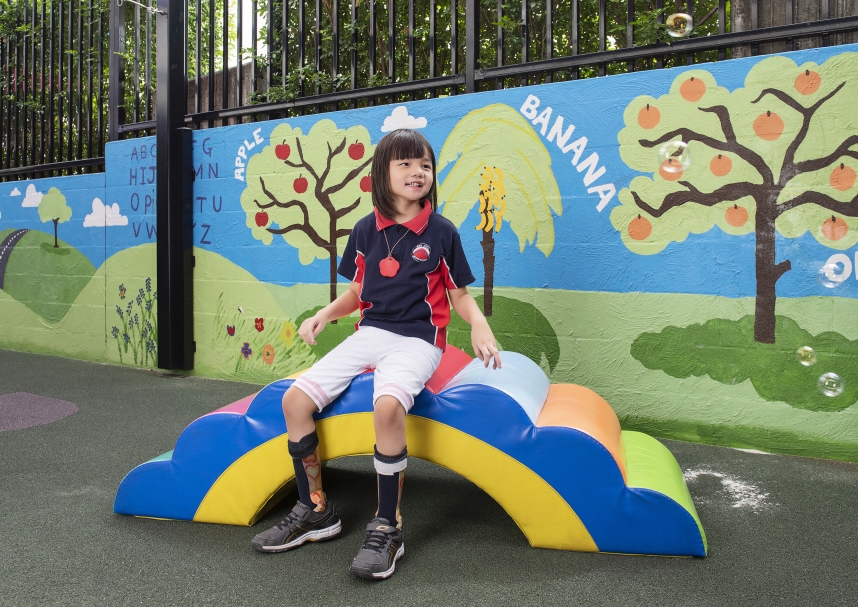 At RHSS, our curriculum is highly individualised providing significant educational support based on the Australian Curriculum and requires an understanding of the Multi-Sensory learner.
At RHSS, our curriculum is highly individualised providing significant educational support based on the Australian Curriculum and requires an understanding of the Multi-Sensory learner.
At RHSS the Multi-Sensory learner has an intellectual disability (or suspicion of for the early years) and may have additional sensory impairments, which could include the following: - vision, hearing, physical, speech-language, autism spectrum disorders. Complex specialised health needs may also be present.
The Multi-Sensory learner requires a
highly individualised curriculum. At RHSS we acknowledge that:
- the
inter-relationship of a cognitive disability with sensory impairments and
health needs increases the complexity of learning
- flexibility
and high expectations are required to guide decision-making regarding
curriculum design and delivery
- establishing
reliable and consistent methods of communication is an ongoing process of
assessment, trial, data collection and review
- specialist
staff training and resourcing is required to provide a highly individualised
curriculum.
Features of a RHSS Multi-Sensory approach
to individualised curriculum planning include:
- educators,
students, family, therapists and other stakeholders work collaboratively
to develop curriculum plans
- data
and assessment inform planning and evidence informed research informs teaching
practice
- teaching
practice is dynamic and flexible and occurs across a range of environments-
anywhere, any time, any place
- flexible
groupings and timetabling complemented with a range of teaching strategies to
meet diverse learning needs
- reflective
practices – peer moderation, mentoring, watching others work, planning
together, professional learning circles, critical friends
- programming
for: communication, literacy and numeracy, sensory awareness, gross
and fine motor, oro-motor, information communication technologies,
community-based learning
- progression
through age appropriate learning area contexts from the early years to the middle, junior secondary and senior phases of learning and transition to post-school
option.